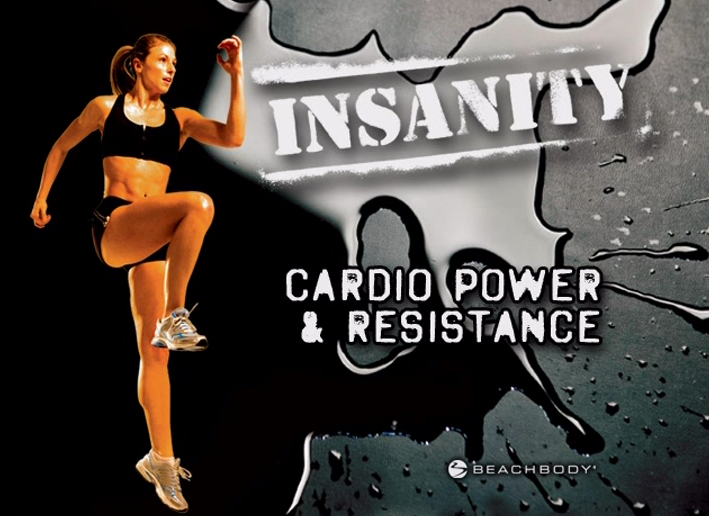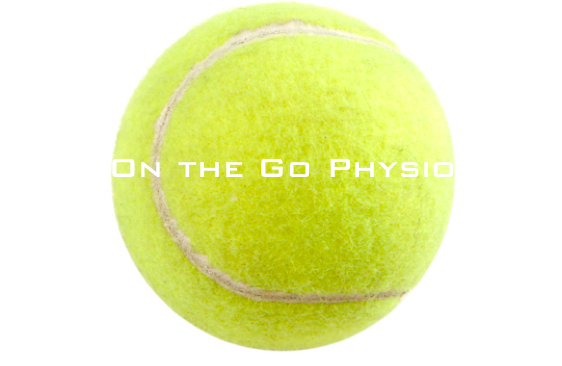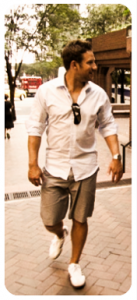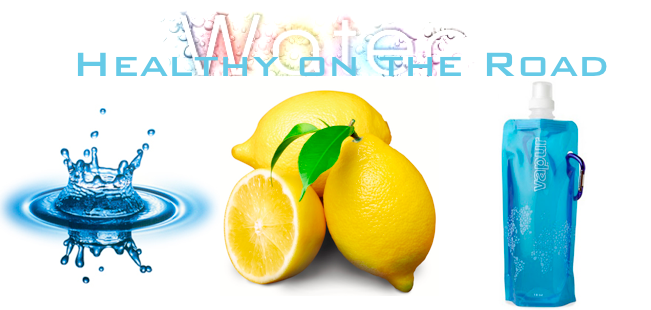Healthy On The Road :: Anthony's Tips
 {Editor’s Note: When she’s not training clients or being trained by her dog Zuzu, Leah writes Healthy on the Road, published the first Thursday of every month.}
{Editor’s Note: When she’s not training clients or being trained by her dog Zuzu, Leah writes Healthy on the Road, published the first Thursday of every month.}
I recently had the pleasure of sitting down with one of the most sought-after fitness professionals in Western Canada---Anthony Findlay, founder and owner of Level 10 Fitness. Anthony’s accomplished resume is far too big to summarize here {check out his bio---you’ll be impressed}, but suffice to say, he’s a BIG deal in the health, fitness and high-performance sports world.
Despite his demanding schedule, Anthony lives a balanced life where traveling with his wife {with or without their kids} is a priority. Fortunately, Anthony is no stranger to keeping fit and healthy while traveling; he's responsible for keeping two national sports teams in top form, both at home and away.
I asked Anthony to share his tips for staying healthy on the road:
Be Regular Anthony explained that travelers often start their trip off on the right foot and with the best intentions. Shortly after arriving at their destination, they might visit the gym or even go for a run, but for many, that’s where it ends. Away from the regular schedule, workouts are often the first thing to slip away. Anthony emphasizes that “the beauty of travel is being able to take advantage of whatever is at your disposal.” It can be the perfect opportunity to try new things and add some variety to your fitness routine. Keep up your regular routine, but just mix up the activity. He suggests getting outdoors, planning workouts and adlibbing on others, stating that people are often surprised by what awaits them at their destination. He provided a recent example from his own trip to the island of Kauai. He and his wife had heard the hiking was good, but what they discovered far exceeded their expectations. Before they knew it, their surfing vacation turned into a trekking vacation, and they loved every moment of it! Note: Anthony pointed out that runners and walkers have an advantage while traveling; not only is their form of exercise very transportable, it enables them to see and experience a local area in a way that most travelers don’t.
Bring It If you dig into the Trip Styler archives, you'll find a great piece on the value of throwing a tennis ball into your travel bag. Anthony adds that even if the only thing you get around to doing on your vacation is some stretching at the end of the day, follow it up with a tennis ball massage to work out points of tension. Anthony also suggests throwing a golf ball {great for rolling out your feet after a big day of walking and exploring}, tubing and/or exercises bands into your bag. He shared a recent experience from Las Lenas ski resort in Argentina where he was thankful to have some tools on hand: the Canadian Snowboard Cross team were staying at this relatively remote resort for two weeks. When not competing, they needed to keep up their strength and conditioning program, but lo and behold, the resort had no gym or training facility on site---time to get creative! Using hallways, bathroom stalls, tennis balls, tubing, bands---whatever Anthony could turn into a training tool---they managed to keep their training program together prior to hitting the hill!
Research & Look Ahead Surprises are great, especially if you’re a “go with the flow” kind of person, but there’s also something to be said for having an idea of what lies ahead and gearing up to perform your fitness routine accordingly. Anthony provided a great illustration of this using the Manly Beach area of Sydney, Australia as an example. Having never been there myself, his description of a possible workout had me wanting to pack my gym bag and jump on a plane ASAP. In a nutshell, he said that every beach in the area has a pool at the edge, so an awesome workout would involve a run/swim circuit, where you run from beach to beach, jumping in for some laps at each pool: Shelley to Manly to Freshwater to Curl Curl to Dee Why. Sounds like the gladiator meets beach god/goddess workout, love it! {Note: ladies, you probably need to wear your sport bikini to pull this off!}
What You Need To Stay Healthy Do you have any dietary restrictions or allergies? Remember, many parts of the world aren't equipped with options like we have here. Asking for gluten-free food in some places will get you nothing more than a confused reaction. If this is your situation, then you might need to be prepared with supplements etc., or put some more thought into your destination and the options available there.
Celebrating Right Anthony says that all too often people arrive at incredible destinations and celebrate too quickly. Indulging in food, drink and late nights can be a fun part of travel, but if you’re on a trip style = active & adventure ski trip at Chamonix Mont-Blanc in France, you'll want to be in top form to get the most out of the experience. Anthony added that many people forget about the effects elevation has on everything from rest and recovery to food and fluid requirements. One of his tips for pacing yourself with alcoholic bevs: have a glass of water for every drink.
Seasonality Anthony suggests that many travelers don’t pay enough attention to the time of year they're planning to visit their destination. For example, someone heading to Southeast Asia with visions of beaches and snorkeling may not realize they're visiting in the rainy season {summer and early fall}. This is critical information when he travels with his outdoor athletes---a lesson he learned while in South Korea with the Canadian Snowboard team, where temperatures dropped to -20/-30 degrees Celsius. For lean athletes spending hours on the hill, this is cold and planning around gear, training and recovery times etc., becomes crucial.
More Healthy On the Road… The INSANITY Workout Hydrate! Summer Paddling Healthy Road Trip Choices Make Any Trip Style Healthy The 20-min Exercise Itinerary Active, Relax, Repeat Healthy DIY Plane Snacks Hotel Room Exercises {You can do in your underwear}
[photo: anthony]









